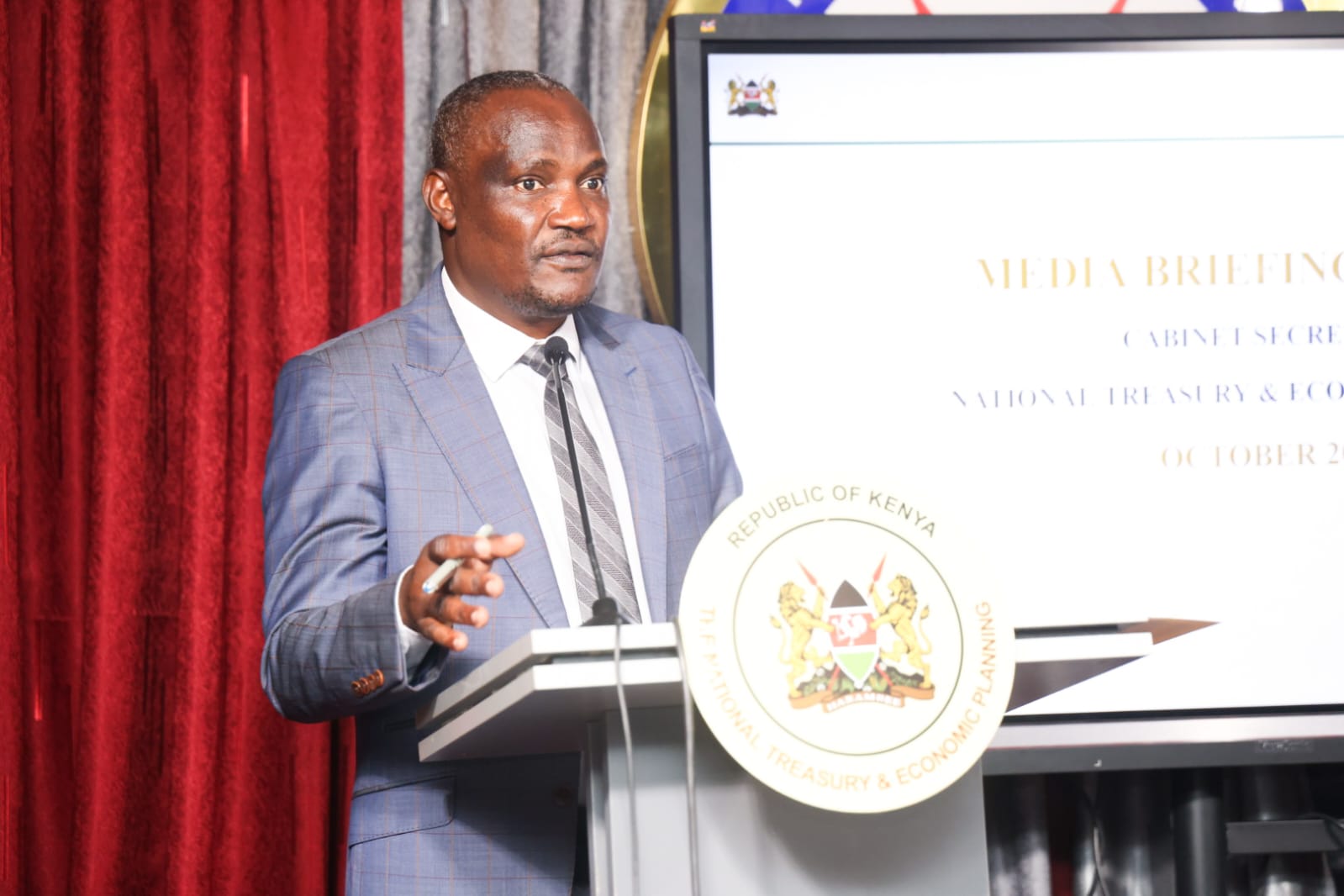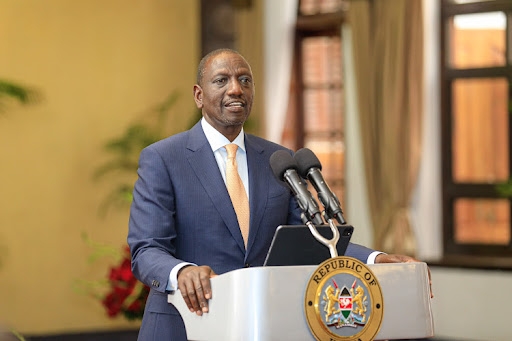
Cabinet Secretary for National Treasury and Economic Planning John Mbadi has disclosed that Kenya’s public debt has reached Sh11.81 trillion, representing 67.8% of the country’s Gross Domestic Product (GDP) as of June 2025.
Addressing financial journalists on Tuesday, Mbadi said that in present value terms, the debt stood at 63.7 percent of GDP, a level that remains sustainable, though marked by heightened risk of distress.
According to the Treasury, out of the total debt stock, Sh6.33 trillion represents domestic obligations, while Sh5.48 trillion constitutes external debt owed to key development partners and creditors, including the World Bank, the African Development Bank (AfDB), China, and Eurobond holders.
During the 2024/25 fiscal year, the government made Sh1.72 trillion in debt service payments, of which Sh1.14 trillion was paid to domestic lenders and Sh579 billion to external creditors.
Mbadi noted that the National Treasury has adopted several measures aimed at reducing debt vulnerabilities and improving sustainability.
“To mitigate the prevailing debt vulnerabilities, the National Treasury has embarked on a suite of liability management operations, encompassing the refinancing of high-cost obligations, extension of debt maturities, and increased uptake of concessional financing to improve debt sustainability metrics,” he explained.
The Cabinet Secretary reaffirmed that maintaining sound and prudent debt management remains the central focus of his administration at the National Treasury.
He emphasized that debt management must be aligned with Kenya’s broader economic goals, particularly the safeguarding of essential public services and the restoration of fiscal space to stimulate economic growth.
“Sound and prudent debt management remains the central pillar of my stewardship at the National Treasury, anchored on safeguarding essential public services, restoring fiscal space to spur growth, and fortifying Kenya’s economic sovereignty,” Mbadi emphasized.
He highlighted that under the 2025 Medium-Term Debt Management Strategy, the government is seeking to lengthen the maturity profile of public debt, reduce exposure to interest rate and exchange rate fluctuations, and promote intergenerational equity.
The strategy envisions that 25% of future borrowing will come from external sources, with the remaining 75% drawn from the domestic market.
Mbadi also reiterated the government’s commitment to ensuring that fiscal discipline, structural reforms, and strategic financial management remain at the core of its economic recovery efforts.
He noted that through these measures, Kenya’s debt burden is projected to decline gradually in relation to GDP over the medium term.
He added that the Treasury intends to foster greater transparency and dialogue around fiscal management by engaging financial journalists regularly.
Mbadi’s address comes at a time when concerns about Kenya’s rising debt levels continue to draw attention from economists, parliamentarians, and the public.
However, the CS maintained that the government is firmly committed to responsible debt management, ensuring that borrowing is directed toward productive sectors that support economic growth and protect future generations.
Through its ongoing reforms and debt management operations, the Treasury aims to strike a balance between financing development priorities and maintaining debt sustainability.
Mbadi assured
the public that Kenya’s debt position, while facing certain risks, remains under
control and guided by a transparent and accountable fiscal framework.
















